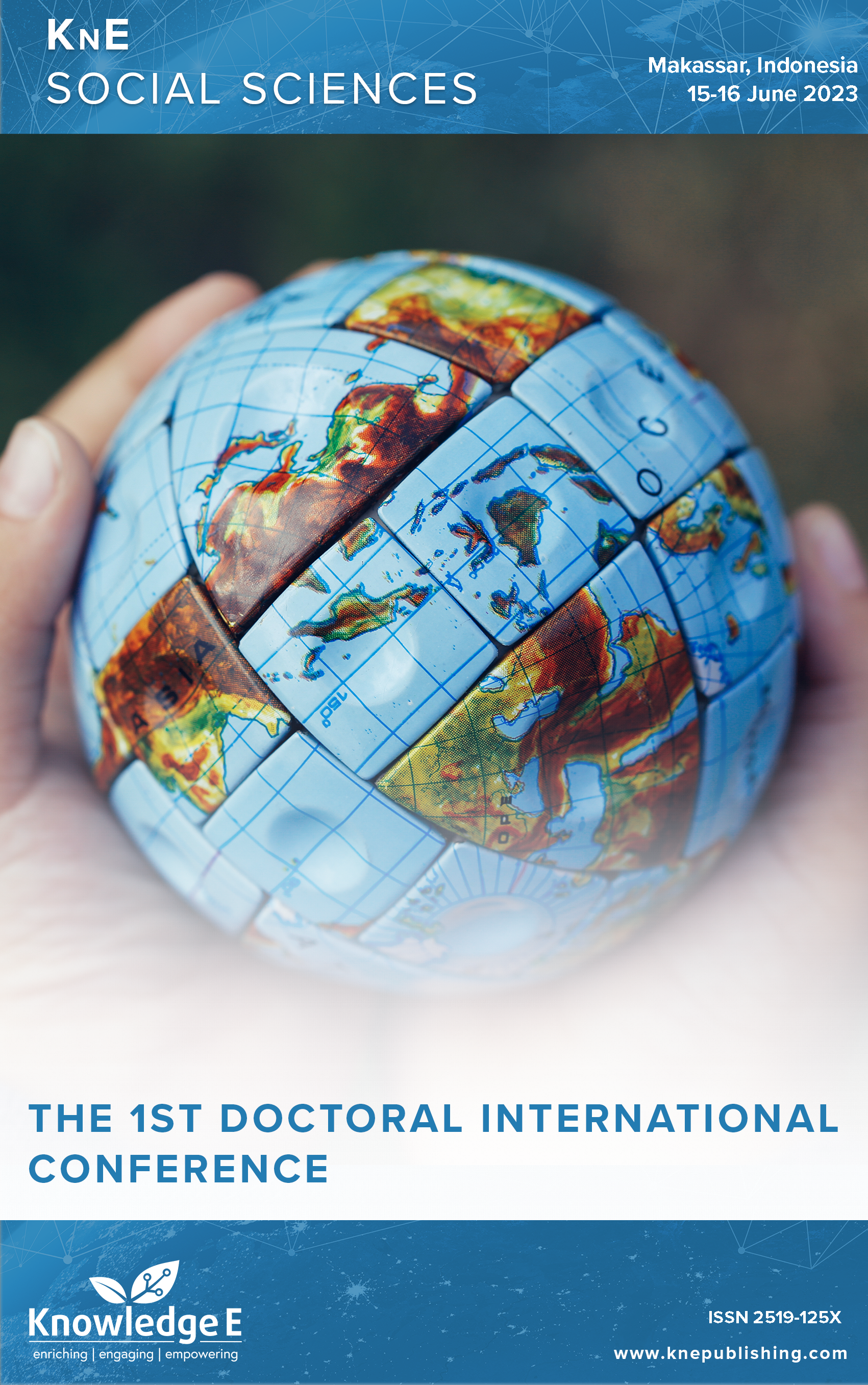Interaction Patterns Multiactor of Communication Forum Regional Intelligence (KOMINDA) in Prevention Potency Conflict at Central Java Province
DOI:
https://doi.org/10.18502/kss.v8i17.14169Abstract
The study explores the interaction between actors in the context of public administration, categorized as a form of network governance involving individuals and state institutions. The focus is on monitoring potential conflicts in a community, where intelligence plays a crucial role in early identification. The objective is to analyze the interaction pattern of actors in community forums within the intelligence areas, specifically in handling potential conflicts. The research is qualitative with a descriptive approach and was conducted in Central Java Province, where regional intelligence communication forums are actively involved in handling potential conflicts. The study reveals that the interaction pattern among actors in handling conflicts is not fully optimal, particularly in terms of decisional interaction, anticipated reaction interaction, nondecisional making interaction, and systemic interactions. For an ideal interaction pattern in a network-based institution, actors should have a shared perception and standard coordination model agreed upon by all involved parties.
Keywords: interaction actor, governance network, prevention potency conflict
References
Iskandar D. ”Bureaucratic red tape and the discretion of street-level bureaucracy,” in the 2nd International Conference on Administration Science 2020 (ICAS 2020). 2021:269-274. https://doi.org/10.2991/assehr.k.210629.051
Rhodes R. ”Understanding Governance,” in Open University Press, Buckingham, 1997.
Madani M. Interaksi Pemerintah Daerah Dan Dewan Perwakilan Rakyat Daerah Dalam Penyusunan Kebijakan Anggaran Di Kota Makassar. Disertasi Universitas Negri Makassar; 2010.
Indriyani IE, Syaharuddin S, Jumriani J. Social interaction contents on social studies learning to improve social skills. The Innovation of Social Studies Journal. 2021;2(2):93–102.
Susskind L, Cruikshank J. Breaking the impasse: Consensual approaches to resolving public disputes. New York: Basic Books; 1987.
van Bueren E, Klijn E, Koppenjan J. Dealing with wicked problems in networks: Analyzing an environmental debate from a network perspective. Journal of Public Administration Research and Theory. 2003;13(2):193–212.
Irawan P, Setiawan A, Ar DS. Peranan Komunitas Intelijen Daerah Dalam Permasalahan Persebaran Jemaah Ahmadiyah Indonesia di Kota Sukabumi. Jurnal Caraka Prabu. 2017;1(2):1–33.
Stone CN. Systemic power in community decision making: A restatement of stratification theory. American Political Science Review. 1980;74(4):978–990.
Sugiyono MP. Kualitatif, dan R&D. Bandung: Alfabeta; 2013.
Miles M, Huberman A, Saldana J. Qualitative Data Analysis, A Methods Sourcebook. 3rd edition. Sage Publications; 2014.
Klijn EH, Koppenjan J. The impact of contract characteristics on the performance of public–private partnerships (PPPs). Public Money Management. 2016;36(6):455– 462.
Syahbudi, Komunikasi Politik Antara Eksekutif dan Legislatif dalam Penyusunan RAPBD Kabupaten Indragiri Hilir, 2012.
Parsons W. Public Policy Pengantar Teori dan Praktik Analisis Kebijakan. The Kencana Prenadamedia Group; 2006.

